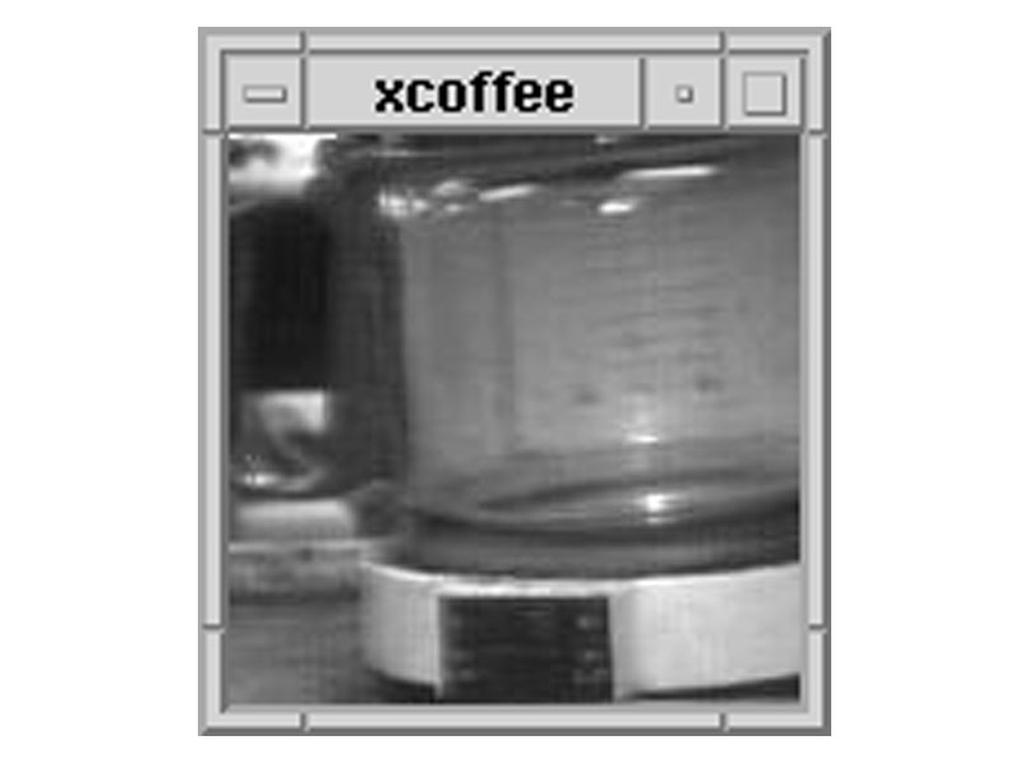
This article was last updated on November 22, 2023
Canada: ![]() Oye! Times readers Get FREE $30 to spend on Amazon, Walmart…
Oye! Times readers Get FREE $30 to spend on Amazon, Walmart…
USA: ![]() Oye! Times readers Get FREE $30 to spend on Amazon, Walmart…
Oye! Times readers Get FREE $30 to spend on Amazon, Walmart…
Table of Contents
Origin Story
No one is surprised anymore by video calling or a video meeting. This would not have been possible without the advent of webcams. It all started thirty years ago with images of a coffee pot.
We owe it to frustrated computer scientists that the webcam exists today. In the 1990s, the only coffee machine at the University of Cambridge was in the computer lab. Employees had to come from other departments to get the drink from the pot. But more often than not, the coffee was gone just when they arrived.
“A group of thirsty researchers pointed a camera at a coffee pot in 1991,” writes Quentin Stafford-Fraser on the university website. “They wrote software that put the images on their screens.” Stafford-Fraser was one of those thirsty researchers who knew when there was still coffee in the pot.
At that time, the camera was not yet a webcam because it was not yet connected to the internet. That happened two years later. Researchers Dan Gordon and Martyn Johnson converted the scientists’ original system so that it responded to Internet requests. From that moment on, anyone with an internet connection could watch live images of the coffee pot.
Notable Milestones
The stream remained online for years. The camera was not turned off until August 22, 2001, at 10:54 am. Over all those years, millions of people had watched the images. At the very last moment, Stafford-Fraser, Gordon, and Johnson could be seen turning off the camera together.
After the first webcam went online, more followed. The oldest webcam that still broadcasts continuously is the FogCam, which was connected in 1994 as a student project at San Francisco State University. 29 years later, the camera is still focused on the university grounds, with images that refresh every twenty seconds.
The first commercial webcam was the QuickCam from the company Connectix. It was initially released exclusively for the Apple Macintosh in 1994. The camera could display sixteen different shades of gray to create images in a resolution of 320 by 240 pixels. The device could transmit fifteen images per second and cost $100. Connectix technology has been sold over the years to companies such as Logitech, Sony, and Microsoft. Connectix no longer exists since 2003.
Modern Usage and Concerns
Around the turn of the century, webcams were built into many laptops and monitors. A separate device that had to be connected to the computer via the USB connection was no longer necessary. Nowadays, cameras are still standard in laptops. The resolution has become a lot higher, and the image refreshes much more often, so you can use it for video calling and meetings.
YouTubers and gamers use webcams to directly address their audience. Individual webcams are also still in circulation. These are used, for example, as surveillance cameras. However, the rise of webcams also brings security concerns as weaknesses in the systems are occasionally exploited.
Security Precautions
For malicious parties, gaining access to webcams is a way to spy on people. It is important for users to ensure their safety. Shielding the camera when not in use is an easy precaution. For example, there are sliders available that can be placed over the lens. It is also advisable to purchase webcams from reputable brands, install the latest software updates, and avoid clicking on suspicious links.

Be the first to comment